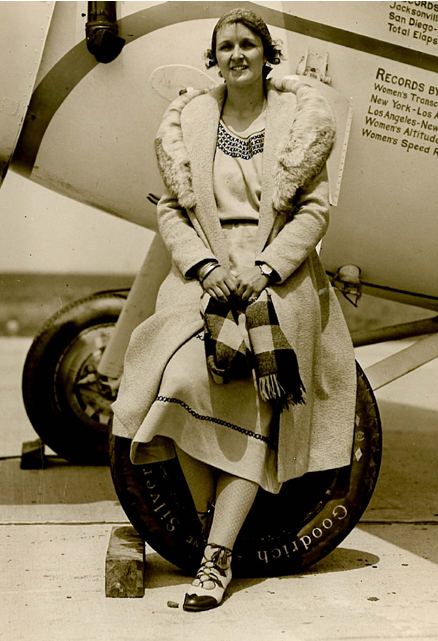
25 October 1931: At 5:17:30 p.m., Pacific Standard Time, Saturday afternoon (01:17:30, Sunday, 26 October, G.M.T.), Ruth Rowland Nichols took off from Oakland Municipal Airport, in California, and headed east. Her destination was New York City, New York, non-stop.
Miss Nichols was flying a 1928 Lockheed Model 5 Vega Special, serial number 619, registered NR496M, and owned by Powell Crosley, Jr. The airplane had just been repaired following a landing accident three months earlier, in which she had suffered five fractured vertabrae. [TDiA 22 June 1931] The Vega was white with gold wings. A list of records which had been previously set by Miss Nichols was lettered in gold on the forward fuselage.
At 7:35 p.m., Mountain Standard Time (02:35, Sunday, G.M.T.) the Vega was sighted over Reno, Nevada. It was over Salt Lake City, Utah, at 11:00, local time (06:00 G.M.T.), and Cheyenne, Wyoming, at 1:07 a.m., Sunday, Central Standard Time (07:07 G.M.T.).
Ruth Nichols and her Lockheed landed at Bowling Field, Louisville, Kentucky, at 9:40 a.m., Sunday, local time (15:40 G.M.T.). Though well short of her intended destination, she had set a new Fédération Aéronautique Internationale (FAI) World Record for Distance in a Straight Line Without Landing of 3 182,65 kilometers (1,977.607 statute miles). This broke the record set 29 June 1931 by Mlle Maryse Bastie during a flight from Paris, France, to Udino, Russia.²
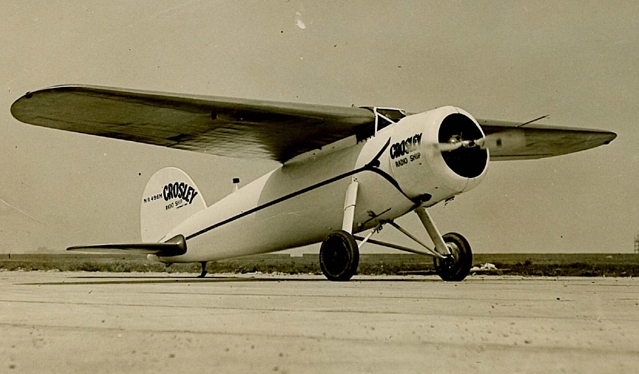
Ruth Nichols described her flight for a newspaper syndicate:
Miss Nichols Tells the Story of Her Flight
Says High Altitudes During Trip Caused Dizziness.
The following account of her non-stop flight from Oakland, Calif., to Louisville was written by Miss Ruth Nichols for the Courier-Journal and the North American Newspaper Alliance.
By RUTH NICHOLS.
(Copyright, 1931, By North American Newspaper Alliance, Inc.)
Twelve hours of darkness is a long time, particularly when the sky is overcast. Although the moon was out, the horizon line was hazy, and over the Western plains, where there are only a few towns, the only contact with civilization that a flier has is a twinkling beacon that is often lost behind a gigantic mountain peak.
Because of the difficulty in seeing the mountain passes easily, an average high altitude is wise, but I found that after eight hours of flying around 15,000 feet made me dizzy.
Used Oxygen Supply.
I had an oxygen tank with me, and I have spent a considerable amount of times at high altitudes, but the indistinctness of the night has a tendency to diffuse one’s senses, and the oxygen resulted in too much of a boost.
At times I felt myself soaring out of the ship, and, twice while the sky was overcast and the ship still heavily loaded, I had a nightmare of a time to keep from slipping off into a power spin.
At times like that, it is necessary to keep busy doing something. It keeps the circulation going.
The cube-like boundary lights of emergency fields are a welcome sight in those barren places. Many of the mountains are now snow-capped, and the lakes and rivers glisten white when the moon is out, making navigation simple.
About every hour I saw a cobweb of lights, which meant a large town, and marked off a milestone in the long night. There was a strong drift at times, but I always had a favorable wind.
The hour before dawn is certainly the darkest. Then the horizon seems often to disappear entirely. My, how welcome that streak of red dawn is!
To avoid low ceilings over the Alleghanies, I headed south, and thus ran low in gas, and landed here.
People often ask me what a flier thinks about. Much and many things! I wondered what the fields are like if a forced landing is necessary, how long will the batteries last, my goodness! There I dropped the coffee thermos.
Every time I took my foot off the rudder to pick it up by means of my toe and hand, teh ship slid off into a near spin.
I wondered how much gas that good old motor was using. I thought: Why, there is Orion!—and then wondered where the Little Bear constellation was hiding. And finally, I observed: That looks like nice country for a horseback trip!
Then there is the question: “What is the value of establishing all these records?”
The answer is that for a girl to fly long distances shows the facility and safety of handling a present-day airplane.
That ride over our country at night is really a most inspiring event. I advise everyone to try it!
—The Courier-Journal, Vol. CLIV. New Series—No, 22,944, Monday 26 October 1931, Page 1, Column 6, and Page 2, Column 7
Nichols had planned to resume her flight to New York at 9:00 a.m., Monday morning, 27 October. That was not to be, however:
WOMAN FLYER’S SHIP DESTROYED
Ruth Nichols Jumps From Blazing Plane
Defective Valve Deluges Craft With Gasoline
Aviatrix Unhurt in Leap From Cabin Window
LOUISVILLE (Ky.) Oct. 26. (AP)—Ruth Nichols’s monoplane caught fire today as she was warming up to take off for New York. She leaped from a window of the cockpit barely in time to escape the flames.
The young aviatrix stumbled as she reached the ground, but mechanics grabbed her and hustled her away from the fiery plane. The plane was reported almost a total loss.
The was caused by a stream of gasoline that suddenly burst from beneath the plane. Attendants at Bowman Field said they believed a dump valve had been released by the vibration of the engine.
The dump valve, Miss Nichols said, gave her some trouble in California, but she had a new one installed there. She talked while city firemen arrived and after a half hour’s work extinguished the flames.
The Rye (N.Y.) aviatrix, who landed here yesterday from Oakland, Cal., after getting lost in the early morning, but still making what is believed to be a new distance record for women, first noticed something wrong from the frantic signals of mechanics. It was doubtful if she heard their cries above the roar of the motor.
Miss Nichols throttled down her engine before getting out, but had only a moment in which to escape. The accident occurred just as she gave the motor “the gun” for warming up after she had inspected the refueling and checked up on the monoplane and had studied weather reports for the New York flight.
AVIATRIX SUFFERING FROM LAST CRASH
NEW YORK, Oct 26. (AP)—Friends of Ruth Nichols, pleased that she was unhurt when she leaped from the high cockpit of her burning plane at Louisville, recalled today she is still wearing a steel corset to protect the vertebra she smashed in the first stage of a proposed Atlantic flight last summer.
Miss Nichols crashed in landing at St. John, N.B., on the first leg of her projected ocean flight, which was abandoned. Her plane was demolished and she was injured seriously. For a long time she wore a plaster cast to protect her spine and this was recently replaced by the steel corset.
—Los Angeles Times, Vol. L., Tuesday, 27 October 1931, Part I, Page 3, Column 6
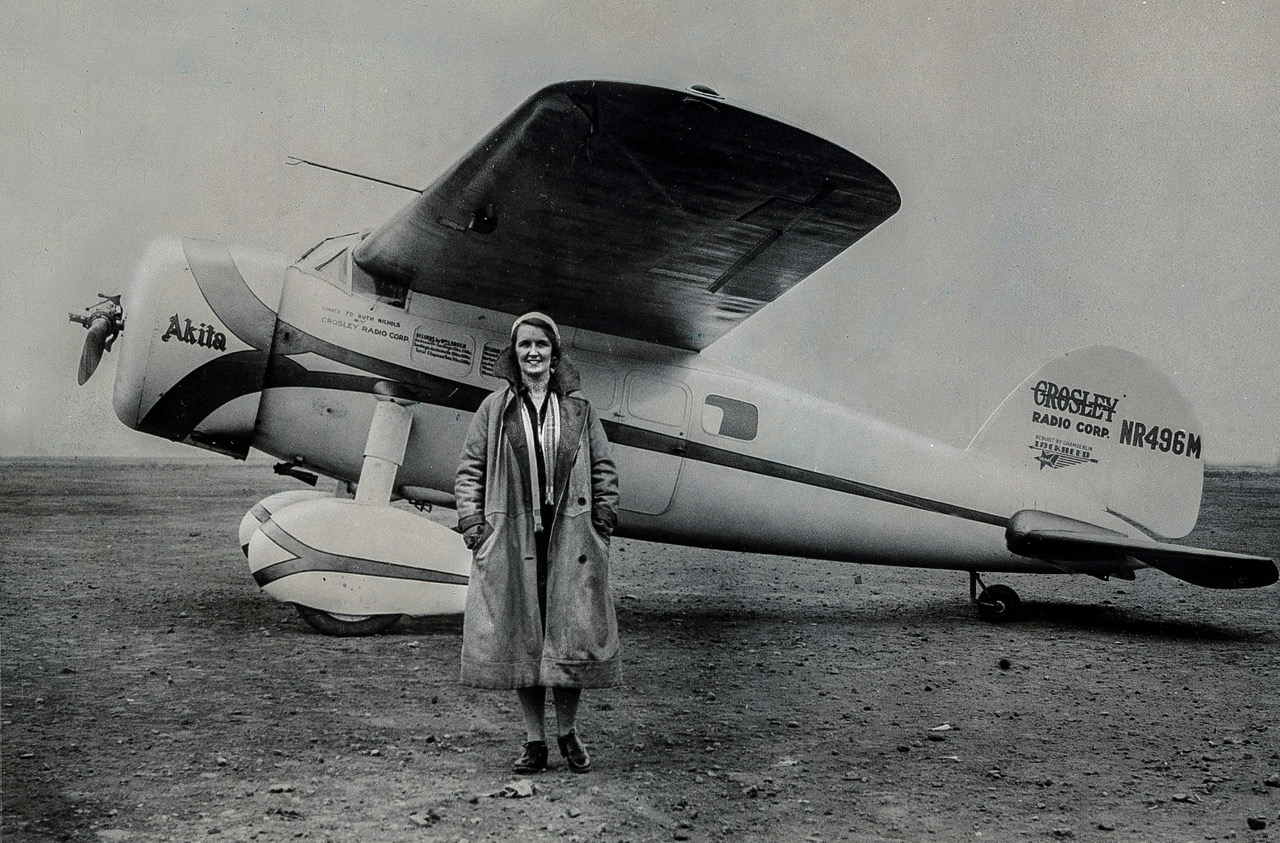
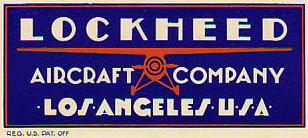 Nichols’ airplane was a 1928 Lockheed Model 5 Vega Special, serial number 619, registered NR496M, and owned by Powell Crosley, Jr., founder of the Crosley Radio Corporation, a manufacturer of radio equipment and owner of a broadcast network based in Cincinnati, Ohio. He had named the airplane The New Cincinnati. Miss Nichols called it Akita.
Nichols’ airplane was a 1928 Lockheed Model 5 Vega Special, serial number 619, registered NR496M, and owned by Powell Crosley, Jr., founder of the Crosley Radio Corporation, a manufacturer of radio equipment and owner of a broadcast network based in Cincinnati, Ohio. He had named the airplane The New Cincinnati. Miss Nichols called it Akita.
Built by the Lockheed Aircraft Company, Burbank, California, the Vega was a single-engine high-wing monoplane with fixed landing gear. It was flown by a single pilot in an open cockpit and could be configured to carry four to six passengers.
The Lockheed Vega was a very state-of-the-art aircraft for its time. The prototype flew for the first time 4 July 1927 at Mines Field, Los Angeles, California. It used a streamlined monocoque fuselage made of molded plywood. The wing and tail surfaces were fully cantilevered, requiring no bracing wires or struts to support them.
The Model 5 Vega is 27 feet, 6 inches (8.382 meters) long with a wingspan of 41 feet (12.497 meters) and overall height of 8 feet, 2 inches (2.489 meters). Its empty weight is 2,595 pounds (1,177 kilograms) and gross weight is 4,500 pounds (2,041 kilograms).
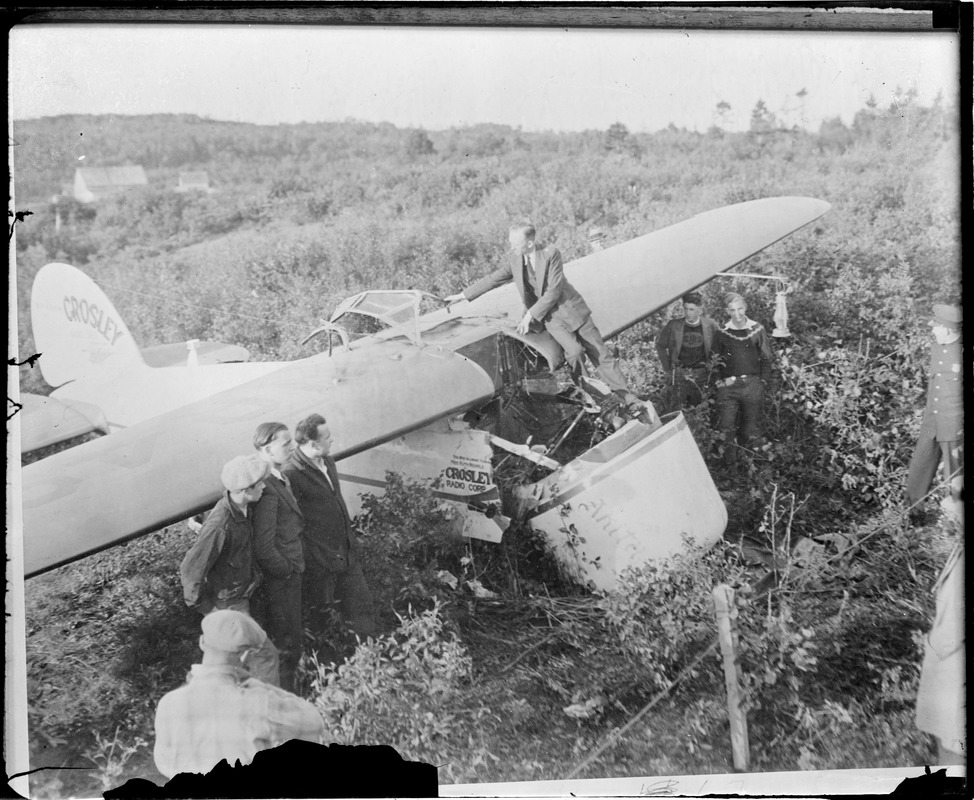
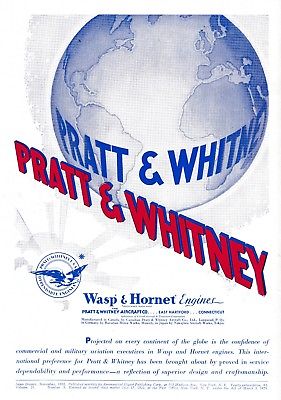 Nichols’ airplane was powered by an air-cooled, supercharged 1,343.804-cubic-inch-displacement (22.021 liter) Pratt & Whitney Wasp C nine-cylinder radial engine with a compression ratio of 5.25:1. It was rated at 420 horsepower at 2,000 r.p.m. at Sea Level, burning 58-octane gasoline. The engine drove a two-bladed controllable-pitch Hamilton Standard propeller through direct drive. The Wasp C was 3 feet, 6.63 inches (1.083 meters) long, 4 feet, 3.44 inches (1.3-7 meters) in diameter and weighed 745 pounds (338 kilograms).
Nichols’ airplane was powered by an air-cooled, supercharged 1,343.804-cubic-inch-displacement (22.021 liter) Pratt & Whitney Wasp C nine-cylinder radial engine with a compression ratio of 5.25:1. It was rated at 420 horsepower at 2,000 r.p.m. at Sea Level, burning 58-octane gasoline. The engine drove a two-bladed controllable-pitch Hamilton Standard propeller through direct drive. The Wasp C was 3 feet, 6.63 inches (1.083 meters) long, 4 feet, 3.44 inches (1.3-7 meters) in diameter and weighed 745 pounds (338 kilograms).
The standard Vega 5 had a cruising speed of 165 miles per hour (266 kilometers per hour) and maximum speed of 185 miles per hour (298 kilometers per hour). The service ceiling was 15,000 feet (4,572 meters). Range with standard fuel tanks was 725 miles (1,167 kilometers).
¹ FAI Record File Number 12340
² FAI Record File Numbers 12345, 12346 and 14886: 2 976,31 kilometers (1,849.39 statute miles)